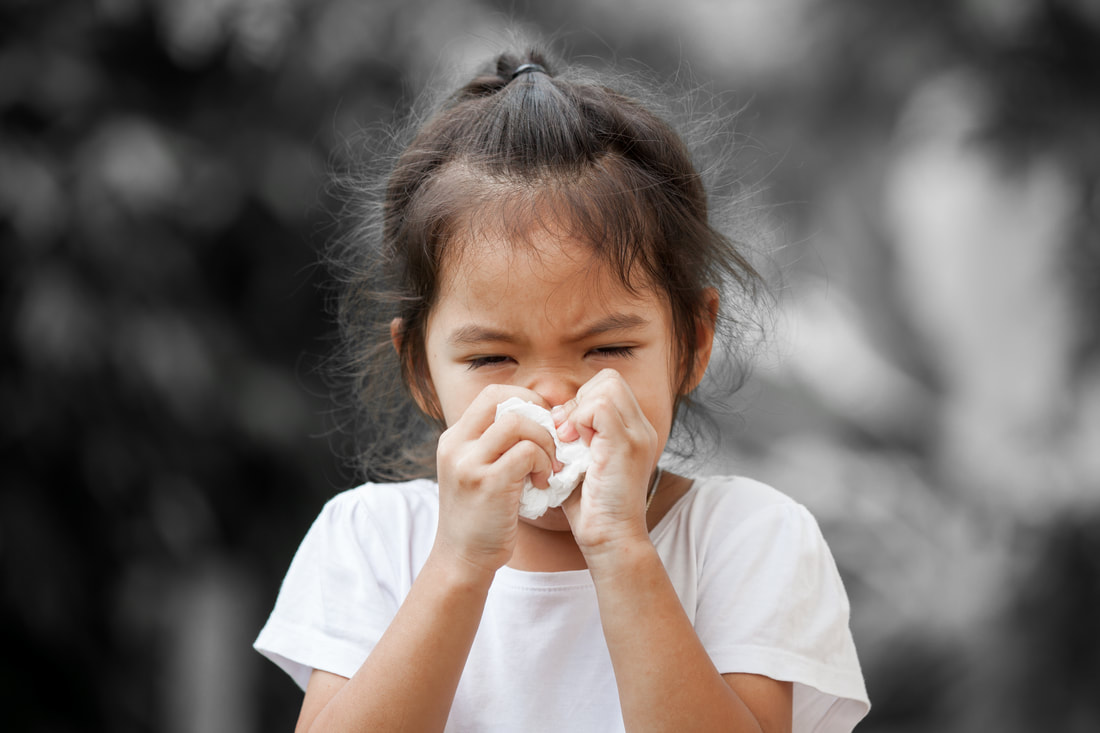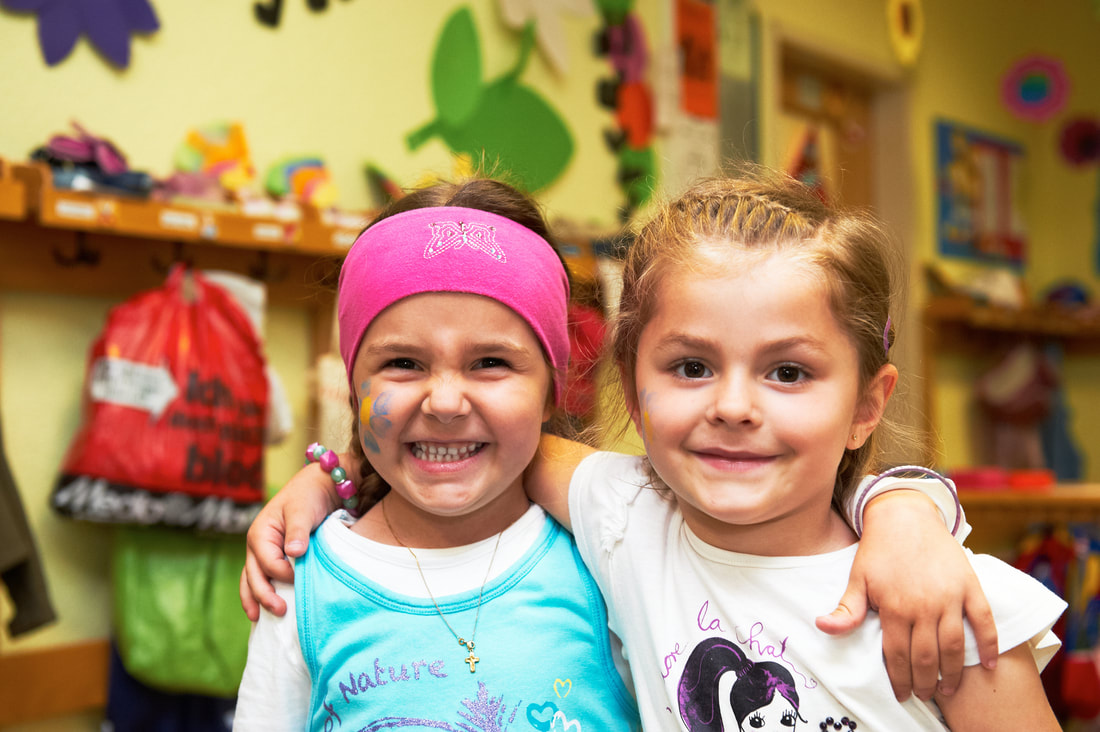Transmission of Germs |
Page 12 |
4) Blood Contact Transmission
Blood contact transmission can occur when individual comes in contact with infected blood or infected body fluids.
|
EXAMPLES: Hepatitis B, Hepatitis C, HIV/AIDS






